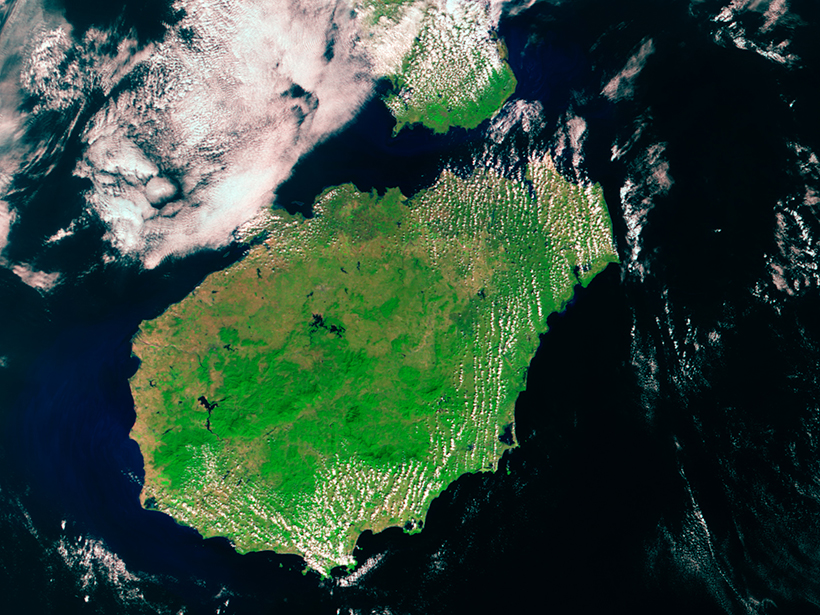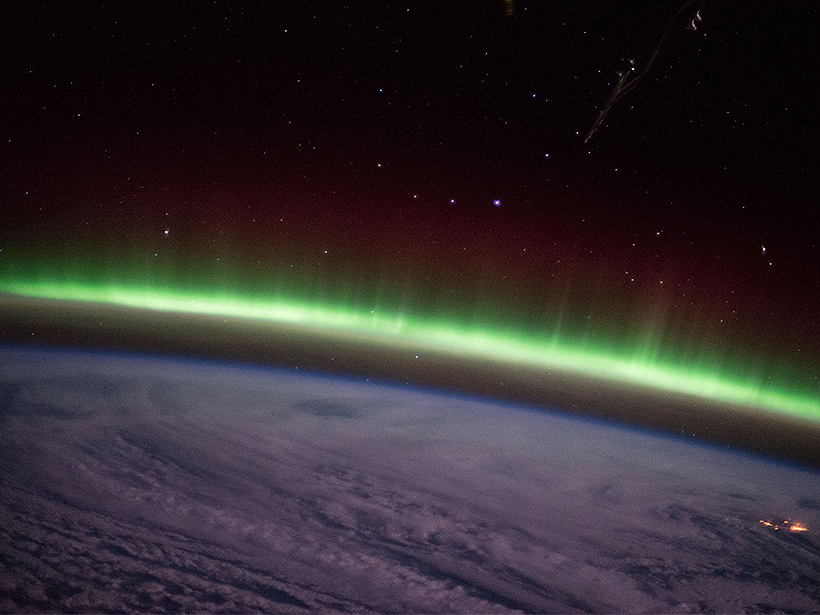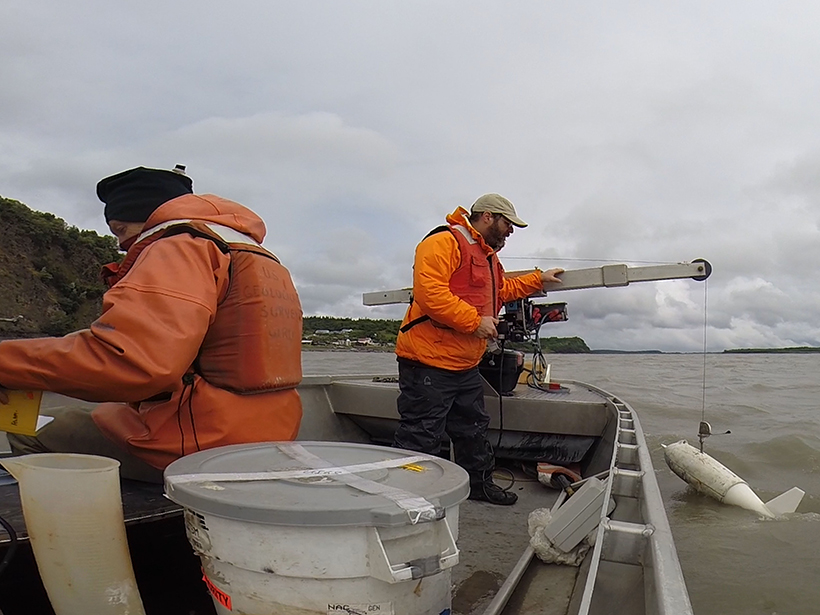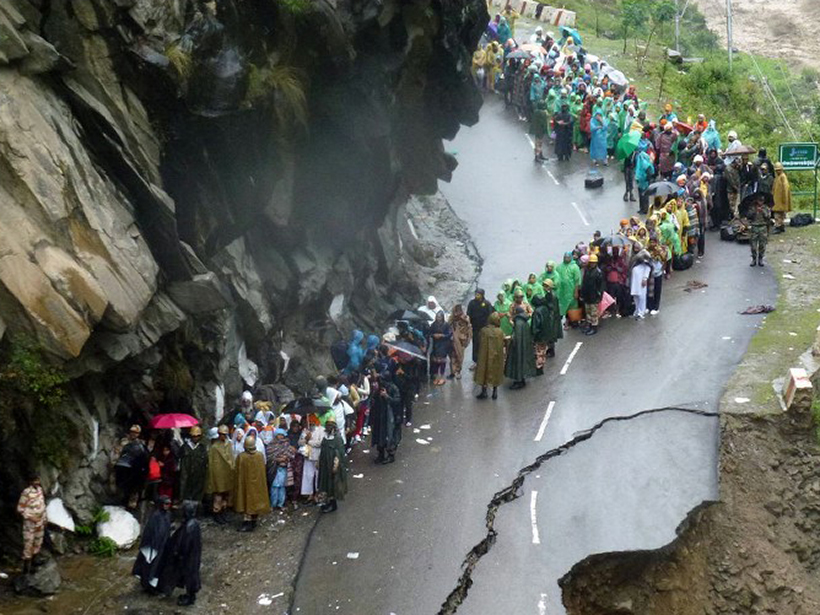New study reveals how space weather causes rapid fluctuations in Earth’s surface geomagnetic field.
E. Underwood
Rising Seas Increase Methane Emissions from the Mouths of Rivers
Drowned river deltas exhale large quantities of greenhouse gas, new study finds.
How Jupiter’s Icy Moons Got Their Bands and Grooves
Europa’s churning ice crust could reveal signs of ocean life, new study suggests.
Is Mars Not So Earthlike After All?
Light-colored Gale crater rocks could have formed from intraplate volcanoes, not continental crust, new study finds.
The Tiny Organisms That Transport Silica Across Earth’s Oceans
Phaeodarians play a major role in marine nutrient cycle.
Refining Remote Sensing of Dissolved Organic Carbon in Waterways
Nearby vegetation affects the color of organic matter, a new study finds.
Linking Mantle Plumes to Volcanoes and Hot Spot Tracks
Study bolsters hypothesis that volcanoes on China’s Hainan Island were formed by a hot spot.
Mysterious Aurora Borealis Feature Explained for the First Time
High-speed particles cause indentations in the magnetopause to form “throat auroras.”
Using Microbes to Predict the Flow of Arctic Rivers
Bacterial DNA provides a good estimate of river discharge.
A Better Way to Predict the Indian Monsoon
A new study finds that including Himalayan topography and land-atmosphere interactions improves climate models.










